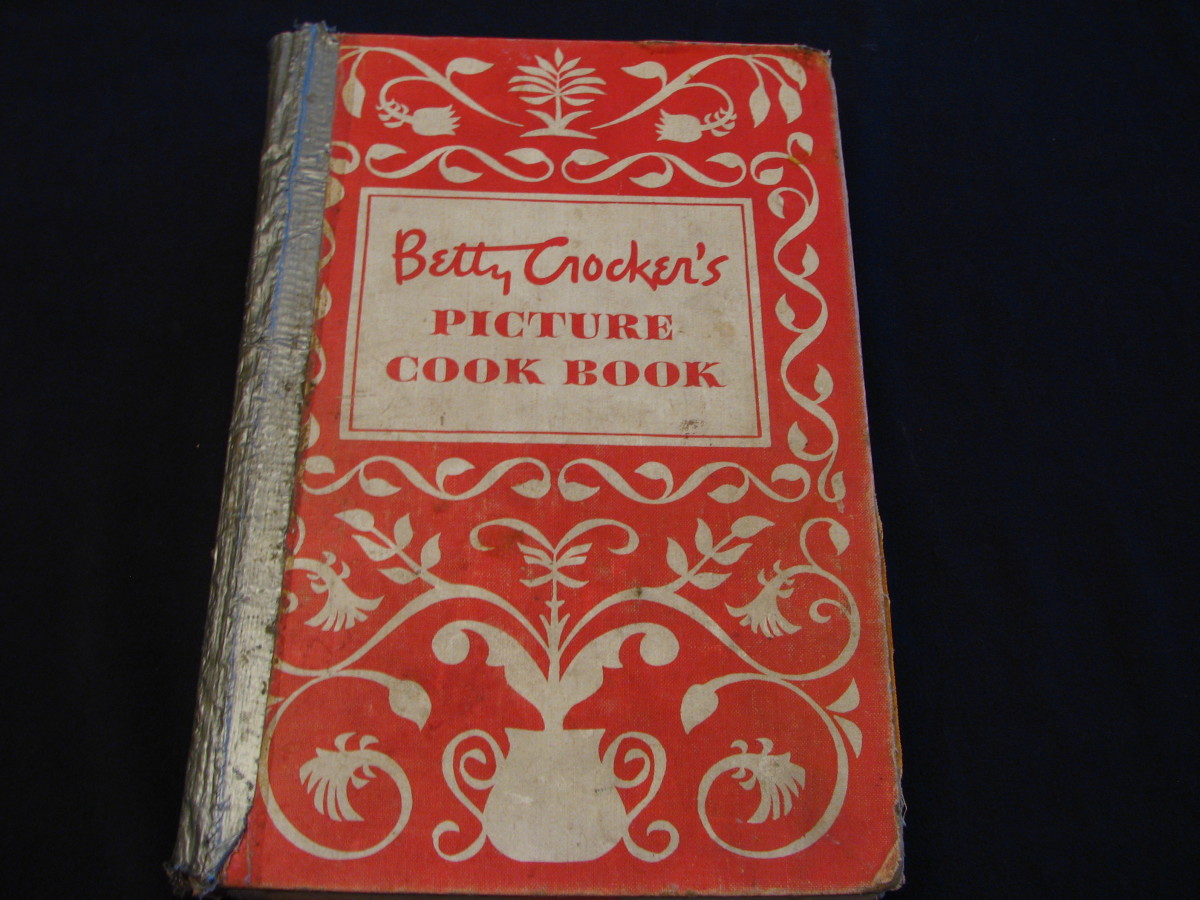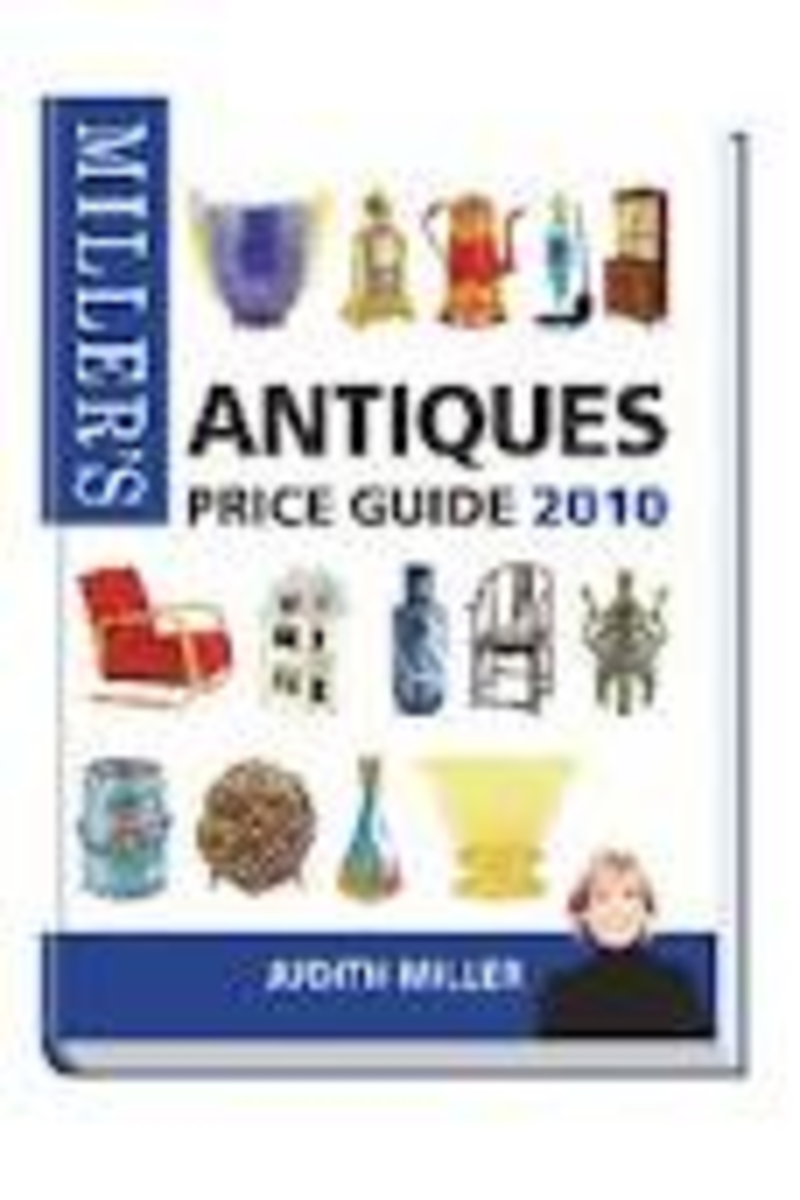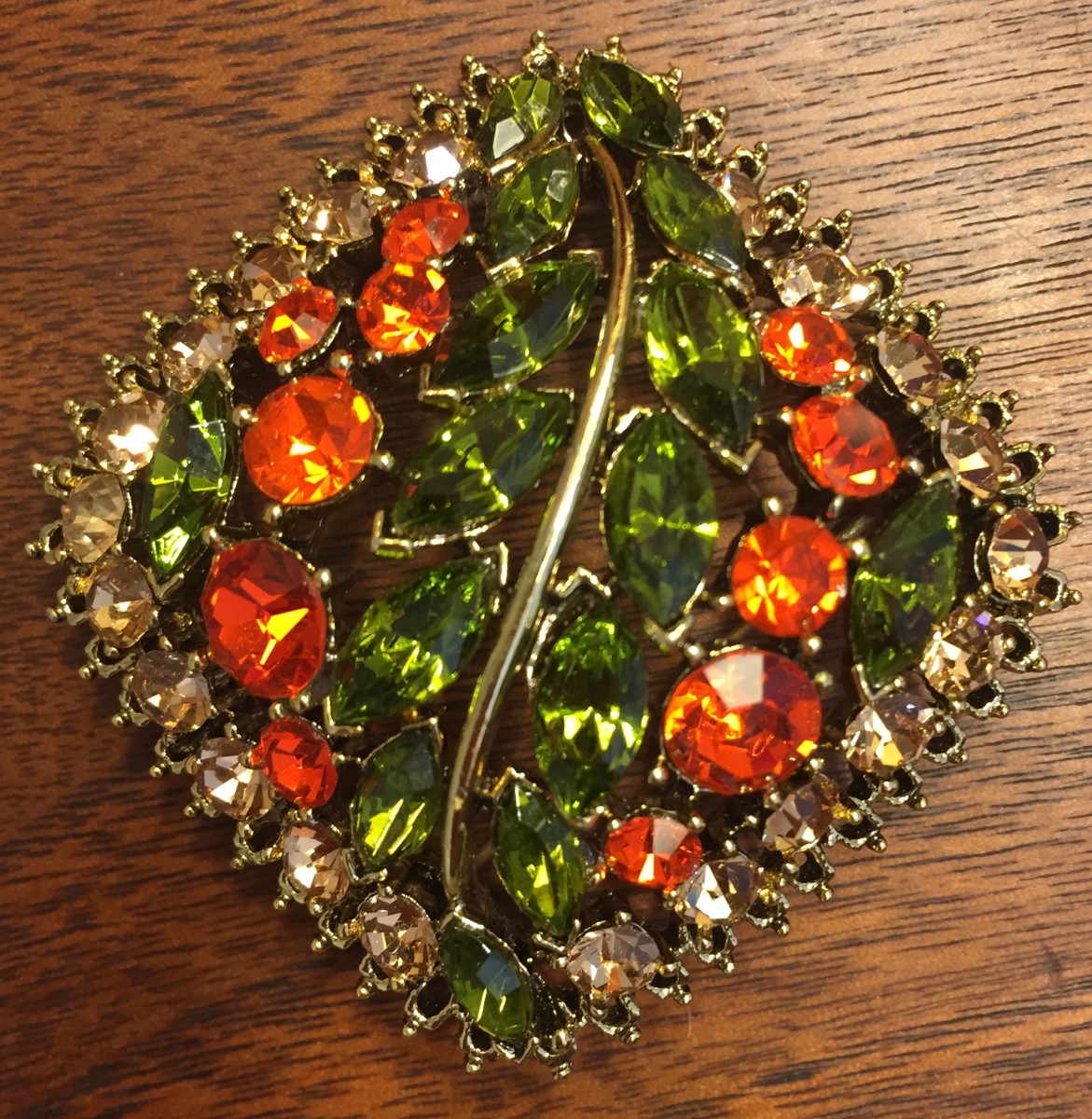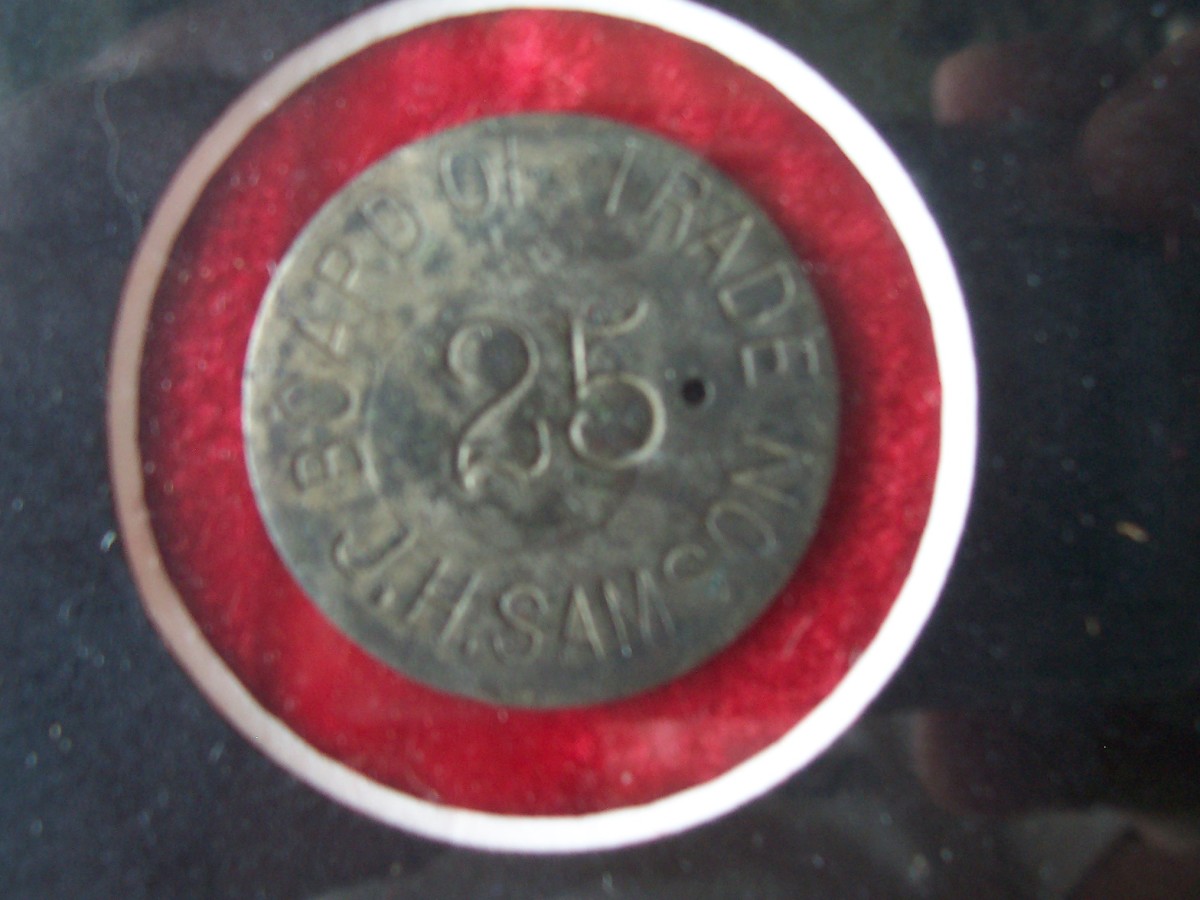What are Antiques and Collectibles?
Collections Include Many Things
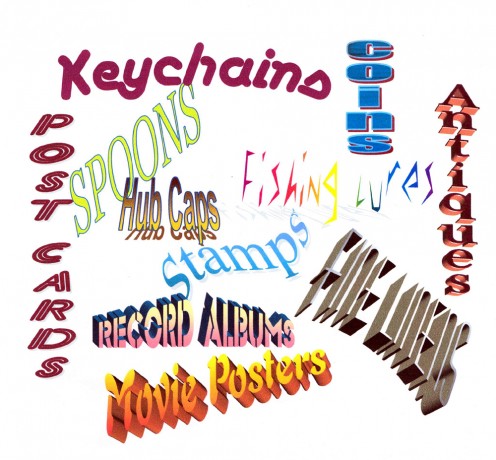
Antiques vs. Collectibles vs. Vintage vs. Antique Collecitbles
"Okay," you're asking, "What's the difference, anyway?"
Plenty.
Or not.
First of all, the very definition of what constitutes an antique is open for interpretation, depending upon whom you ask, or which reference source you consult.
Let's examine these things one by one.
Antiques
Even the dictionary gives a rather vague assortment of possibilities, ranging from the most vague, "of or belonging to the past."
- If you're into collecting cars, then the definition for a car to be considered antique, it must have been produced 25 or more years prior to the current date
- The U.S. Customs rule states that an item must be 100 or more years old
- Some say that an antique is classified as something from the ancient Greek or Roman eras.
- Someone else might give preference to the ancient Chinese or Japanese dynasties
What are we to believe?
Vintage
Adding to the confusion is the newer term being applied: "vintage."
Usually this means anything over 20 years old, or from about the 1940's or 50's to the 1970's era. Of course, this will shift with the passing years.
One day, things made in 2018 may be considered "vintage." Or maybe by then there will be different terminology. Or perhaps people will have lost their interest in collecting things. Only the Shadow knows...
According to the dictionary however, the term "vintage" rightfully belongs only to wine-making.
Collectibles
Here is an even more nebulous term. It dates back as far at the mid 1600's, and the dictionary says it means only anything that may be collected, or appealing to people as souvenirs or relics.
There you go: a very useful definition, indeed! (said with a heavy does of sarcasm.)
That covers just about everything on Earth! You can collect:
- rocks
- keys
- cars
- medicine bottles
- wine--oh, wait, no--that's not supposed to be collected! It's intended to drink!
- miniature replicas of most anything
- exotic fishes
The list can go on, ad infinitum!
Antique Collectibles
Antique Collectibles are, well, you guessed it--a blend of any and all of the above definitions as it suits the individual doing the collecting.
When anything now considered "antique" was produced, there was no concept of "collectibles" as we now know it. That's a modern construct to describe nothing more esoteric than collections of antique items, and not necessarily in a specific category.
(Some people will collect antique anything and everything, but that's moving away from collecting and more towards hoarding.)
Now that the definitions are as clear as a pot of thick porridge, let's move on.
Made-to-Collect "Collectibles"
What is it about the current passion for collectibles? We see the advertisements virtually everywhere we look: on-line; in magazines and newspapers; even in our mailbox; and sometimes via our local Avon™ Lady.
The photography is stunningly spectacular, showing a beautiful "whatsits" done in lovely hand-painted brilliant colors or crafted from the purest gold. There is usually an "iron-clad" money-back guarantee if you are not satisfied. It becomes very tempting to add such charming decor to your home, or personal adornments to your jewelry box.
Not so fast. The first thing you will notice, if you read far enough down the slick advertisement, is a statement in ultra-fine print telling you that the piece is not shown actual size. Nope. It's been enlarged several times, supposedly to "show detail."
More likely, to fool you into thinking that you're getting a sizable piece for your investment. Prices range from a low of the ever-popular "only $19.95," up to over $100, (payable in 4 or 5 easy installments, of course)!
Do You Really Plan to Sell the Item?
If you liked the whatsits well enough to purchase it, chances are, it will find a place in your home.
The next "guarantee" they are likely to add is of the future resale value of this "fine art piece." They will claim that it will be worth at a minimum, the exact price you paid, so you are not going to lose money, but will likely turn a profit. That is blatantly false. The state of the current economy should prove that much.
Ordinary people, to whom most of those ads are targeted, are not buying these kinds of tchotchkes right now, and no company or individual can accurately predict what someone in the future will be willing to pay.
That alone is the ultimate test of value--nothing is worth more than someone is willing to pay. Period.
Not Exactly a Scam...
While these wild claims and slick glossy fliers may not be perpetrating outright scams, they are not completely on the level, either, for various reasons already discussed.
However, some folks do "invest" in these items in the hope of turning a profit. There is only so much wall space and so many shelves and curio cabinets that can be fitted into an ordinary home.
Many of these lovely items will therefore be opened with great excitement when they arrive, then put back into their packing box to languish for years on a closet shelf.
The initial reaction upon receipt of much of the artwork/sculpture type items is going to be disappointment in the size of the piece. Even if you read the disclaimer in the flyer, the reality can be shocking.
Next, you may find that the "fine hand-painted" work is rather sloppily done, with gaps or color bleed into adjacent areas. Chances are, the items were produced in China by child labor. Sadly, this is true of so many of the goods we find these days, not just collectibles.
Mind you, I'm writing this from a standpoint of being guilty of falling for some of these, so I'm not talking through my hat; I'm just sharing what I've learned the hard way.
In one case, what appeared in the photo to be a lovely 3-dimensional sculpture turned out to be a decal! I was not particularly amused.
However, (and they are counting on this), the hassle of trying to return the item was more than I cared to deal with at that time, so I kept it. Even with the misleading advertisement, I did like the picture.
Oh well, lesson learned!
Why Collect?
Humanity seems to have a gene coded for acquisition of material things. There are very few true ascetics who shun worldly goods, and those who do are usually motivated by spiritual ideals. That does not describe many people.
At the opposite extreme are the "filthy rich" who have collections of outrageously expensive items such as jewelry, art or cars. But for the rest of us, having a collection of smaller things is the pauper's way of having a piece of that pie in the sky.
It is our treasure trove, for which our children will no doubt curse us when we have passed, and they are left to deal with all of our "junk;" an inheritance they won't appreciate.
Call it the ultimate parental revenge for their messy rooms as youngsters, if you like.
Collecting can become a passion, or an obsession; the dividing line is thin.
One collection can become two, then four, then fifteen then a hundred and fifteen.
This is where it becomes obsessive, and instead of your prized possessions being nice decorations, they become closet-fillers.
Beware finding yourself the star in an episode of "Hoarders."
Going Overboard?
Quality, Not Quantity
Don't go broke buying all the highly promoted "collectibles," because anything mass-produced and intended for the collectibles market is in the end, a cheat. Why? The very concept of "collectible" in the sense of becoming valuable, involves rarity.
The fewer of something there is, the more valuable it becomes. While these mass-produced items may be touted as being "limited runs," after which they claim to destroy the molds, there are still many thousands made. That in itself nicely eliminates the possibility of making any kind of real profit from re-selling the items later on.
Mistakes as Collectibles:
Real rarity comes when mistakes are made in the production process of nearly anything. A case in point involves the USPS 1918 printing of a twenty-four cent stamp to commemorate the first air mail flight. Several sheets of stamps were accidentally printed with the airplane upside-down.
One slipped through the inspection process, and was purchased. Collectors of stamps (philatelists) worldwide have sought one or more of these error stamps ever since, and when found, they sell for unbelievable amounts of money.
In 2013, the Post Office re-created this error stamp on purpose, in a new denomination of two dollars, and in massive quantities,hoping to attract new stamp collectors to the hobby.
Also deliberately, only 100 sheets were printed correctly, making that the new 'rare' stamp. It's a luck-of-the-draw thing to find one.
What Kinds of Things Can Be Collected?
The decision to collect anything at all is purely personal. People will collect most anything that has ever been made, whether by human hands or by Mother Nature.
Expanding on the brief list at the beginning of this article, there are collections of:
- furniture
- bugs
- newspapers
- rocks
- matchbook covers
- seashells
- civil war relics
- old linens
- hub caps
- clothing
- toy cars
- spoons
- postcards
- dolls
- religious items
- stamps
- fishing lures
- coins
- clocks
- political souvenirs,
and so many more. The list is virtually endless.
How Should You Collect?
The best way to collect anything is only because you truly like the items you have chosen. Collect what you like; and enjoy having around you. It should be composed of items that "speak" to you in some way, whether of family memories, history or the peaceful surroundings of nature. Never buy and collect anything only with an eye to making a profit at some later date, as that may never happen.
The "Beanie Baby™" fiasco of recent history is a perfect example. Many people who thought the values would skyrocket are now stuck with massive collections of these stuffed pets, worth no more than their original price, and often much less.
One of my daughters got caught up in this craze! Then, after the company 'retired' the items, collectors thought they would become rare, and values would soar. Instead, they unethically re-released a whole new line, rendering folks' collections near worthless.
Surround yourself with things you love, things you enjoy, whether they are to simply look at or whether they involve playing with or wearing.
In this way, you will save your bank account and free up closet space for things you really need it for; like your clothes.
Then you won't have to hang them on that darned exercise gizmo that is collecting dust in the family room!
© 2012 Liz Elias

